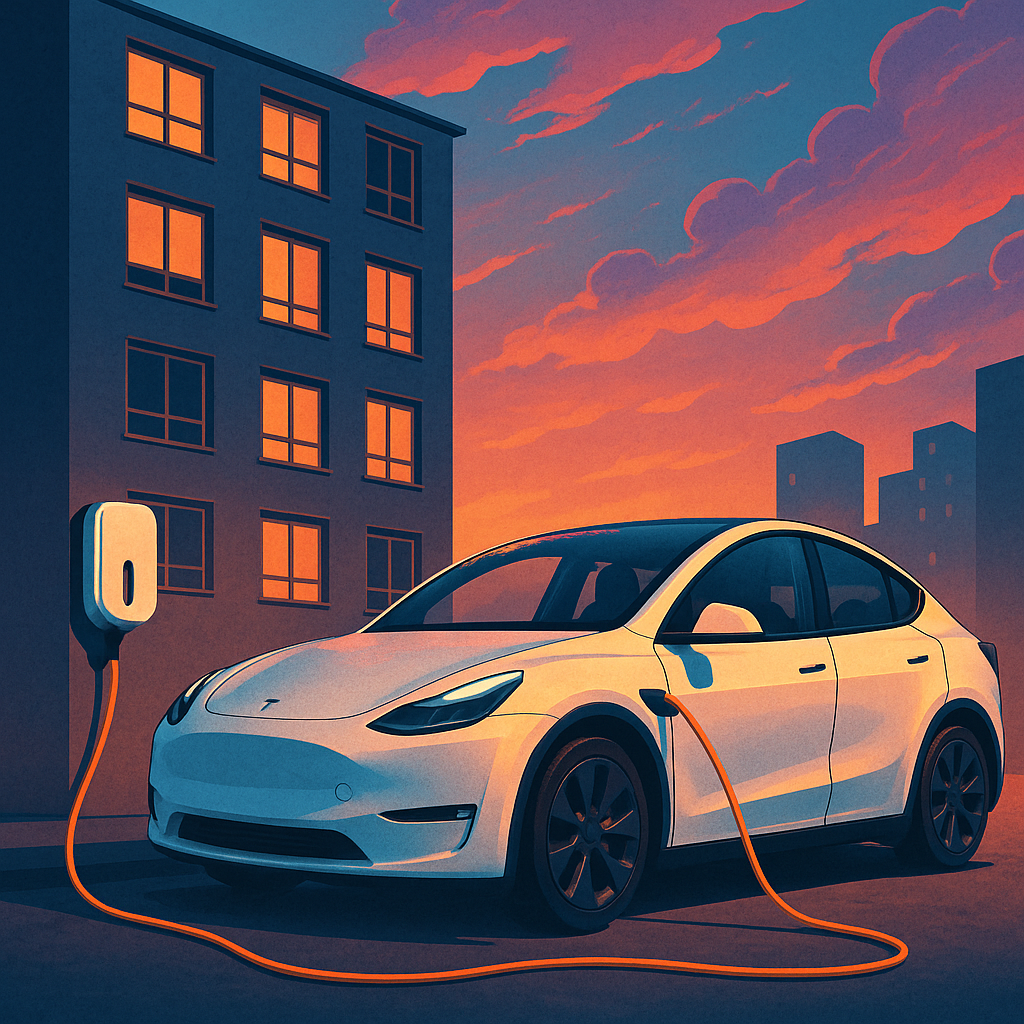As electric vehicles (EVs) become more popular, one of the most pressing challenges for city dwellers is figuring out how to charge them when living in apartment buildings or high-rises. Not everyone has the luxury of a private garage or dedicated driveway, and urban infrastructure isn’t always EV-ready. So, is it realistic to own an electric car without home charging access? The answer is yes—though it requires creativity, planning, and sometimes cooperation with neighbors or authorities. Let’s explore the options, legal considerations, and emerging solutions for EV charging in multi-unit housing.
The Challenge of Urban EV Ownership
Unlike suburban homeowners who can install a Level 2 charger in their garage, apartment residents face logistical hurdles. Lack of dedicated parking, restrictive building policies, and limited electrical infrastructure make it harder to implement personal charging solutions. However, as demand rises, so does innovation.
Option 1: Public Charging Infrastructure
The most straightforward solution is relying on public charging stations. Many cities are expanding their EV charging networks, including fast chargers near shopping centers, workplaces, and residential zones. Apps like PlugShare or ChargePoint help locate available chargers nearby.
However, relying solely on public chargers can be inconvenient if there are limited stations or frequent wait times. This option works best for people who drive relatively short distances daily and have flexible charging habits.
Option 2: Charging from a Shared Garage
Some apartment complexes offer shared parking garages, which may already have—or can be upgraded to support—charging stations. Tenants can propose installing Level 2 chargers in assigned spots or lobby the building management for a community charging program. In many countries, governments now offer grants or tax credits to building owners who invest in EV infrastructure.
In some jurisdictions, laws have been passed to support tenants’ right to request EV charger installation. For example, California’s “Right to Charge” legislation and similar laws in parts of Europe and Canada protect residents’ ability to install chargers, provided they bear the cost and comply with safety codes.
Option 3: Collective Charging Projects
In buildings with no infrastructure at all, residents can form a cooperative to share installation costs. This model is increasingly common in Europe, where groups of tenants organize to bring chargers to their building or adjacent lots. These projects often receive government subsidies and are especially viable for long-term residents or owners’ associations.
Shared charging stations can operate on a booking or keycard basis, and smart chargers can allocate energy fairly based on usage or time slots.
Option 4: Creative Workarounds—With Caution
In some cases, EV owners attempt to run extension cords from their apartment windows or balconies to the street-level parking below. While this might technically work, it raises serious safety and legal concerns. Most building codes prohibit running cables across public walkways, and such setups may violate fire regulations or homeowners’ association rules.
If you’re considering this option, always check with your landlord, building management, and local regulations first. There are safer alternatives—such as wall-mounted charging ports on shared exterior walls—that can be professionally installed with permits.
Option 5: Workplace and Overnight Charging
If home charging proves too difficult, charging your EV at work may be a viable solution. Many employers are now installing chargers as part of sustainability initiatives. Additionally, overnight charging at nearby public stations—especially if your area has free night-time electricity rates—can become part of a daily routine.
What the Future Holds
The EV ecosystem is evolving quickly, and urban charging solutions are improving. Startups and municipalities are experimenting with lamppost chargers, curbside inductive pads, battery-swapping networks, and mobile charging vans that come to you on request.
Legislation is also catching up. Many cities now require new apartment buildings to include EV-ready parking infrastructure, and older buildings are being offered funding to retrofit their electrical systems. This means that in the next few years, access to EV charging in apartments will become not just possible—but expected.
Conclusion
Living in a high-rise or apartment building doesn’t disqualify you from owning an electric vehicle—it just means you need to be more resourceful. From using public chargers to initiating community charging projects or lobbying your landlord, there are several paths to a workable solution. As EV adoption continues to rise, both public policy and private investment will continue to support better charging access for everyone—no matter where they live.



ev charging at apts? sounds like a pain….👎
wow apartment EV chargin is tricky… ha but i have a house😁😁
my buds chuckin a cord outta the window to juice his EV 😂
no garage? still fine👍👍!